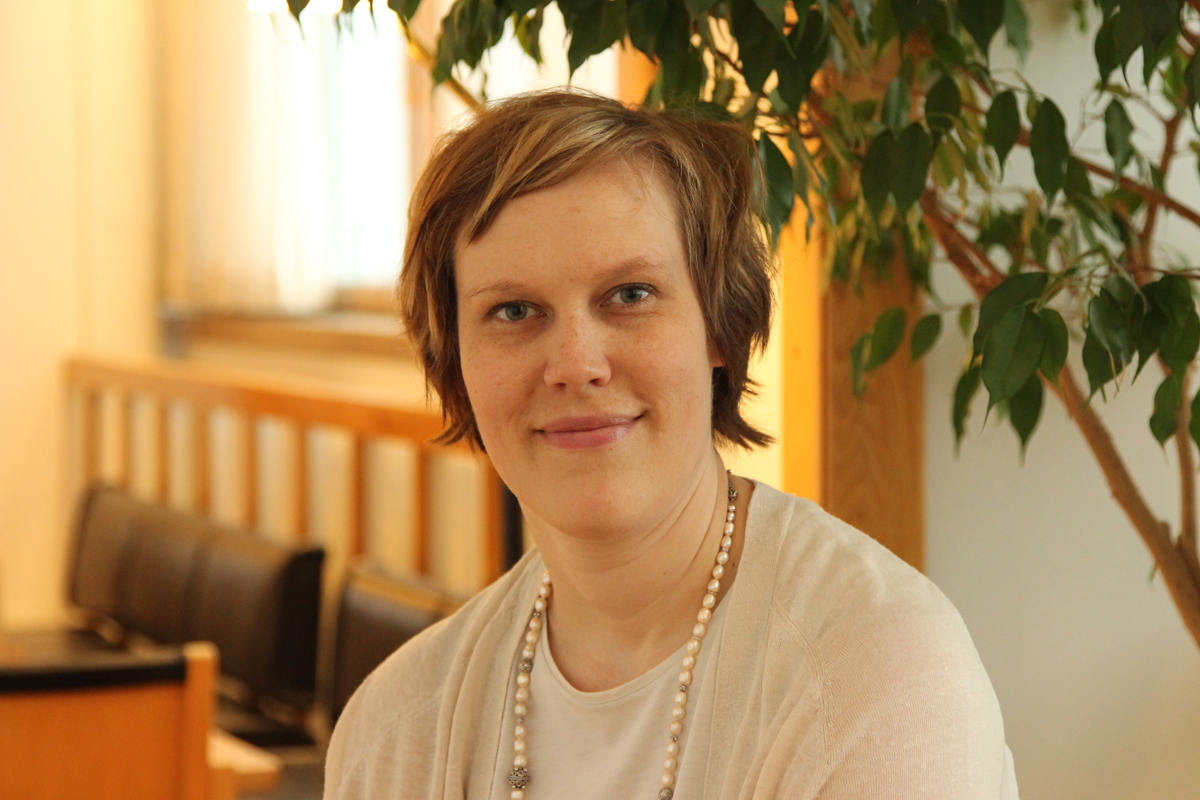Kela.fi is the website of the governmental agency in charge of social security programs in Finland. The website touches the life of practically every Finn: last year 19 million visitors accessed some 7000 pages of content and 1000 attachments. This agile 400k euro IT project involving around half a dozen external partners moved the website onto an up-to-date technical platform. A key usability aim was to introduce a responsive HTML5 based user interface (UI) suited for increasing tablet and mobile use of the site. The wide, multifaceted group of partners that joined forces to bring the project to fruition can be considered a speciality.
North Patrol is a consulting firm specialized in the design of digital services and information systems. We shape ideas into a vision and service concept, find the best architectural and technological solutions, design a functional user experience, and compete to find the ideal partner for implementation work. We do not sell implementation projects, nor do we sell licenses; we are genuinely on the side of the customer.

“We had no exact numerical targets but the aim was to improve the user interface in order to direct customers to use Kela’s services over the internet instead of having to visit Kela offices. Fortunately there was no need to update the content on the site –it was in good shape. We wanted to execute a quick platform change because there was an intranet development project coming up,” outlines Marika Leed, the product owner in the IT development project.
It was not at all self-evident that the project would be done in agile way. Kela employs almost 600 IT professionals who create and manage all its benefit systems independently.
“During the preliminary planning we took courses and got interested in piloting agile development. I would have never agreed to this as a ‘lone wolf’ because the organisation had never done it before but the project team were enthusiastic and wanted to commit to agile,” says Leed, for the first time a project owner of an agile project. The use of an external project partner, Gofore, made taking the agile project route possible.
“It needed a lot of explaining [in Kela] as to why we chose the Scrum method because in previous IT projects another Rational Unified Process (RUP) based iterative method had been used. It is somewhere half-way between Scrum and waterfall,” she adds.
In this project content production needed to start as early on as possible: a total of 7000 pages had to be transferred onto the new platform. In addition to 1,5 full-time in-house content people allocated for this project, 70 professionals scattered across Kela keep Kela.fi website up-to-date as part of their jobs.
The websites of many Finnish authorities and public sector organisations were already based on the Liferay platform when Kela opted for the technology. Gofore, a relatively small Tampere and Helsinki based IT company employing at the time 40 persons, won the tendering process on the back of their extensive Liferay experience. They also had demonstrable capabilities to support agile development.
Pieces of co-operation jigsaw
Logica, nowadays CGI, was involved at the preliminary planning for the desired outcome of Kela.fi relaunch. Here it was decided that the scope of the project would include platform change, UI change and Liferay was chosen as the technological platform.
Conceptualisation and testing were the two main responsibilities of Kela in the project.
“We used collaboration model with Gofore, not the traditional buyer-vendor model. Product owner’s tasks were partly divided. A separate technical coordinator handled the internal technical connections such as server orders, performance tests and data security tests. I focused solely defining the product functionalities and testing them,” explains Leed.
Three Gofore developers and a scrum master have worked at Kela premises from August 2012 with two Kela developers and Marika Leed, the product owner.
The contracted advertising agency used by Kela, Recommended, subcontracted a design agency, titled Deasign, to deliver the user interface for Kela.fi. This part of the project cost around 60k euros.
“It was a very good idea to produce a working prototype in advance because developing a UI simultaneously with an agile development project would have spelled trouble for us. Providers of big technical solutions are not necessarily best at providing UIs. This way the project was advanced during the six months that the compulsory public sector tendering process took. We did not know for sure how Liferay would work with this design but decided to take a risk,” says Leed.
Company called Adage did usability testing for the new design, observing a focus group of customers use prototype of the new site. After this the two Kela content people have helped Leed, the product owner, at testing.
“If we had needed to renew the content and its structure on the website we would have required an external partner,” she adds.
Picture agency Keksi produced new images for the relaunched website, including high resolution versions for iPads equipped with Retina Displays.
During the project Deasign Finland went bust and Siili Solutions completed the design work and user experience improvement on mobile devices.
Thanking especially Deasign, Leed emphasizes that partners up-to-date with current trends bring added value to projects.
Overall a very positive project
The most difficult service to buy from outside was support for the in-house IT infrastructure. “For this you need in-depth knowledge on the organisational structure and the IT architecture supporting it,” explains Leed.
With the benefit of hindsight, Leed would resource the content production better, and make sure the new platform is more stable before starting content work on it. “At least in the public sector, the infrastructure doesn’t keep up with project schedule, causing risks,” she explains.
"But overall, this turned out to be the most positive IT project experience I have had.”
Kela is a client of North Patrol, but North Patrol has not consulted in Kela.fi partner selections that are covered in this article. North Patrol has consulted Kela on the conceptual development and tendering process for Kela’s intranet relaunch that follows the relaunch of Kela.fi.


